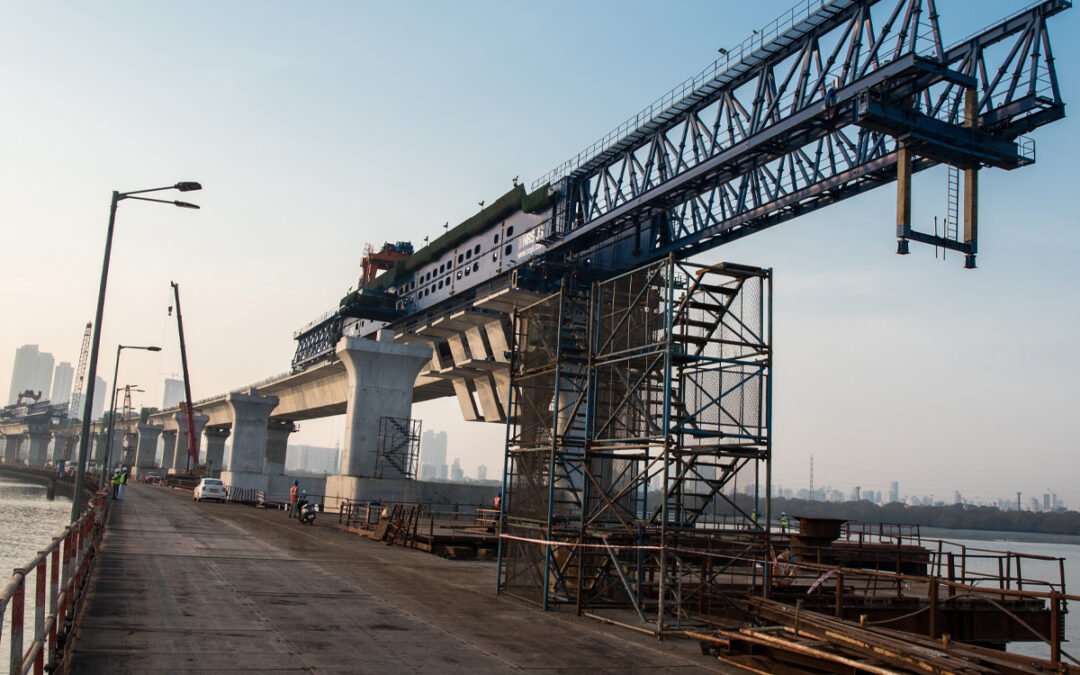Given the importance of infrastructure and cities to the economy, Budget 2023 gives them a boost. Additionally, in a progressive move that is commendable in a federal organisation, union budgets have given local issues more weight.
The capital spending in infrastructure has increased by 33% in this year’s Budget, to 3.3% of GDP, after having been the same since 2010 for several years. According to an ADB research published in 2017, the Pacific subregion of Asia has the highest infrastructure investment needs across all of its subregions, at 9.1% of GDP, followed by South Asia (8.8%), Central Asia (7.8), Southeast Asia (5.7), and East Asia (5.7). (5.2). There is still a gap to be filled by India, even with the growth in infrastructure expenditure.

It is notable how much the Budget emphasises eliminating manual scavenging.
However, to reflect the expenditure and priorities of the government, the budget is not the only aspect. It is encouraging that Prime Minister Narendra Modi inaugurated Gati Shakti on October 13, 2022, with the goal of creating an integrated infrastructure to enhance logistics. According to a recent study in Karnataka, businesses’ operations and maintenance costs are significantly greater than their capital expenditures in smaller cities and towns due to inadequate logistics. Therefore, any action taken to enhance logistics and lower the O&M expenses of businesses has the result of spreading out job possibilities more fairly.
To keep a track of fund lending to railways, highways, roads, urban infrastructure and various other types of sectors, an infrastructure finance secretariat has been introduced. This will clear out the way for the Make in India initiative. An Infrastructure Finance Secretariat has been established to oversee funding to industries supporting the Make in India initiatives, such as trains, roads, highways, and urban infrastructure. The phase-out of fossil fuels is necessary but difficult at the same time.
There is a focus on sustainable cities, and as part of that, States are urged to engage in more systematic urban planning, transit-oriented development, and the provision of reasonably priced urban property. This speaks to significant issues that our cities deal with, such as the lack of affordable housing and traffic congestion. But how should we approach them? Despite the fact that urban development is a state responsibility, some guidelines for systematic urban planning should be given to the states because some of our country’s frameworks for urban/regional planning and building bye-laws are outdated.

Some of our country’s frameworks for urban/regional planning and building bye-laws are outdated.
The relevance of property tax reforms in enhancing the creditworthiness of urban local governments was correctly emphasised by the finance minister. A yearly expenditure of 10,000 crore has been set aside for the creation of an Urban Infrastructure Development Fund (UIDF). A meagre 1 crore is spent on each city when this expenditure is spread out among the nation’s more than 7,000 cities and towns. Therefore, more resources are required, and efforts should be made to involve the business sector.
It is notable how much the Budget emphasises eliminating manual scavenging. The Finance Minister made a passing mention of our cities’ scientific dry and wet garbage management. However, solid waste management still has a lot of implementation-level issues that only local governments can fix.
The Pradhan Mantri Awas Yojana’s budget for urban housing has been increased by 66% to 79,000 crore. But there are other issues with urban dwellings besides financial limitations. While the budgetary allocation aids in timely house construction and closes the supply-demand gap, it is important to take into account the wants and preferences of the home’s occupants as well as cost overruns and construction quality.
The importance of a national data governance framework for academic innovation and research was correctly emphasised. There is a need for anonymized data, which should be consistent across sources and made available on a regular basis. We should, at the very least, have current Census data. Any information from 2011 is no longer relevant for evidence-based policymaking because our economy and society have advanced significantly over the preceding ten years.



















